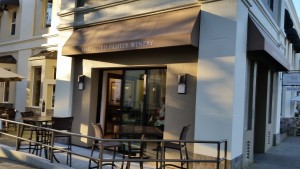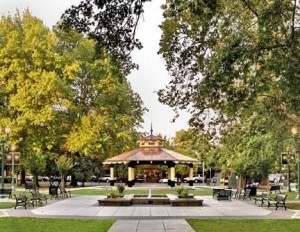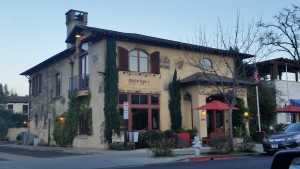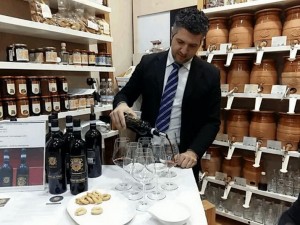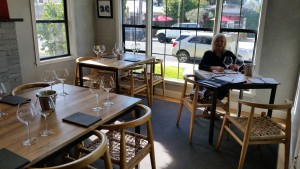It is important that empowered wine tasters be familiar with the fauna to be found in tasting rooms across Wine Country. Thus we are publishing Power Tasting’s exclusive Field Guide to Servers. Here we have the next entry concerning the Retainers. Previous chapters have include the Pourers, the Hosts and the Sellers.
What is a Retainer? A Retainer works for a winery, but appears more like a personal employee of the owner, whom he or she treats with a deference that approaches worship. Think Downton Abbey. Before mentioning anything about the wine you’re about to sip, he or she will regale you with the lord’s, um the owner’s, wealth, travels, highly-placed connections, occupation prior/in addition to wine, parent’s background, hobbies and children’s occupations. Many of the owners are self-made zillionaires, often from the software business, so there may also be an explanation of the app-that-made-all-of-this-possible. Expect to be pointed to a photo of the smiling owner surrounded by adoring spouse and charming children.
How can you recognize a Retainer? It’s not hard. A Retainer will almost triumphantly make you aware of the Owner before you’ve even had a chance to taste the wine. He or she is but a humble representative of the beloved owner, always referred to as Mr. or Mrs., never by first names. Outside the US – oh yes, Retainers are found everywhere – landed titles are often stressed.
How to get the greatest advantage from a Retainer? Try very hard not to laugh. If at all possible, express interest in the owner and his or her fabulousness. Because there is a story behind the wine – there is always a story – listening and nodding may well lead to more and better wine, all to show the owner’s largess and interest in giving to the poor. (That would be you.) Oddly enough, many retainers know a good deal about their winery’s production, so you can learn about wine from a Retainer.
Where are Retainers found? For the most part, Retainers are found in the grand palaces erected to house tasting rooms around Wine Country. You might find them in more humble edifices if the owner has been an owner for a long time. Interestingly, there may be a great deal to learn from a Retainer about some of the truly great men (and some women, too) who built Wine Country in America or kept up its traditions in Europe. There is a much of value to learn and admire about a Mondavi or a Winiarski, a Rothschild or a Quintarelli, so these Retainers deserve more respect than those who are just pumping up the nouveau riche.

